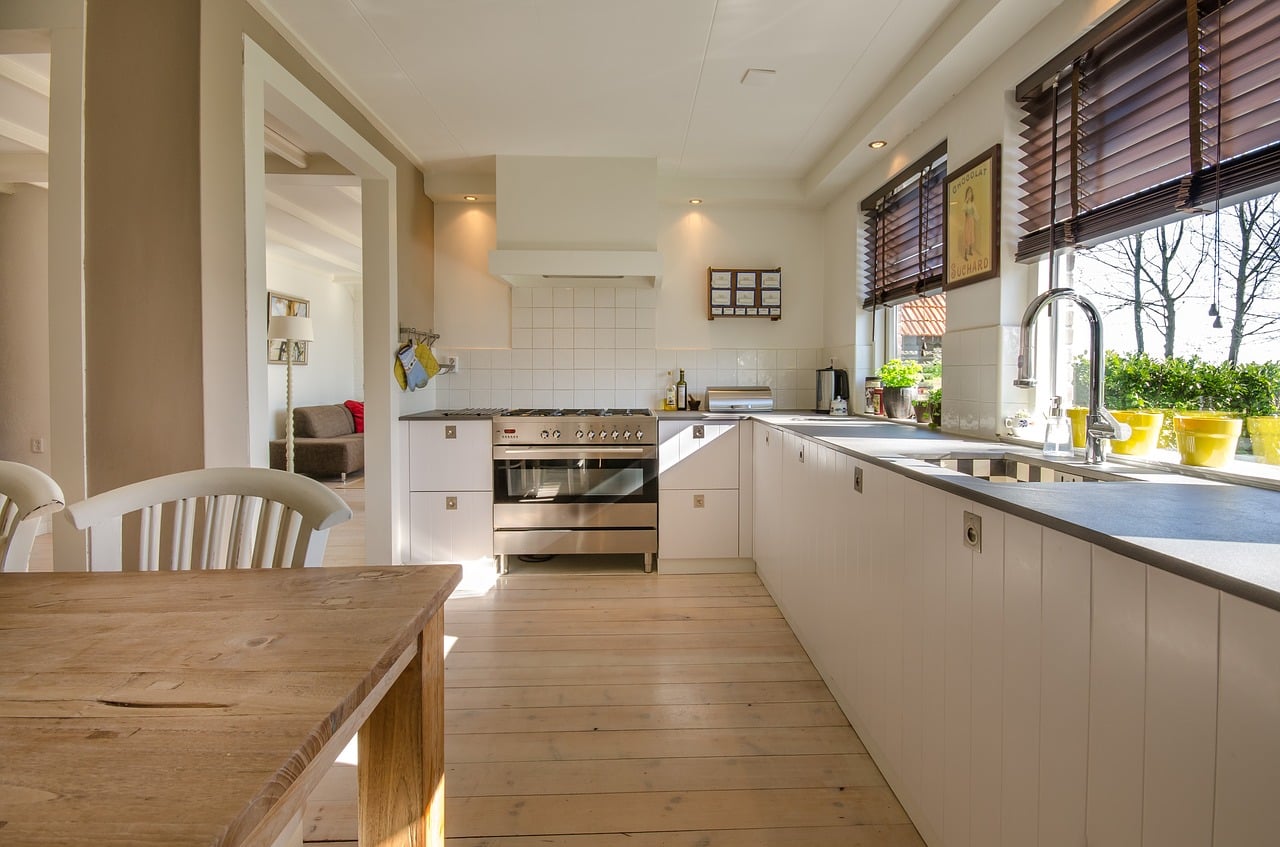It seems that these days everyone is talking about smart homes.
As the TV advert goes, smart home technology provides security, comfort, convenience and energy saving by allowing homeowners to control smart home devices via an app. With a quick glance at your phone, you can check whether all is OK and turn off the lights, turn on the security and set the heating to your desired level.
This is however, not an intelligent home – and it’s not really smart either. It’s like using a remote control for a TV and calling it a smart TV. Smart homes are convenient and have some attractive features but are only a stepping stone towards the intelligent homes of the future, a home that automatically adapts to your needs and desires.
Q3 hedge fund letters, conference, scoops etc
One of the reasons given for the slower than expected adoption of smart home products is because they’re considered “too technical”. An intelligent home lowers the effort required for homeowners to interact with their homes - meaning no more messing around with apps, no more trying to get Alexa and Google to understand what you want them to do, no more manually programming schedules or IFTTT scenarios. The home will already know what to do, and do it automatically, without you having to ask or tell it what to do.
The intelligent home is the next stage of evolution beyond connected, smart and automated homes. It involves a machine learning and predictive modelling ecosystem covering all the functions of the home including home entertainment, security, safety, control, comfort, health and energy management applications.
For an intelligent home to work, there are some prerequisites about the sort of data and functionality it needs in order to make it intelligent.
The home should learn how many people are inside, how many people are in each room and the general patterns of movement from one room to another.
This can be used to control the heating systems, lights and also setup the security. It becomes possible to shut down the TV, turn off the lights and save the cooling and heating energy by not coming on in empty rooms. The home will also automatically know when you’re on holiday and pause the heating or cooling.
A home should understand the environmental conditions inside and outside the home and how they change.
The home should be aware of the environment within its walls – factors such as temperature, how quickly the home heats up and cools down, the humidity, the CO2 level and the air quality. This allows the home to take action as specific environmental factors occur, for example automatically turning on the ventilator when the air quality deteriorates or the humidity levels rise.
With this in mind, here are a few scenarios highlighting everyday benefits an intelligent home can deliver.
Controlling heating and cooling to save energy
An intelligent home will learn the occupants’ schedule and control the heating and cooling accordingly. It will learn when you leave and return home along with recognising different patterns on different days of the week – for example if you typically work from home on a Friday – and control the heating automatically to ensure your house is kept at an ideal temperature (dependent on the weather and outside temperature) while also avoiding heating or cooling empty rooms.
Automatically controlling lights
An intelligent home will automatically switch on and off lights in the house. As it gets dark, when you are going from one room to another, you switch on the light in a room that you enter and at the same time switch off the light in the room that you leave. The house will learn your habits of switching the lights on and off and will switch the lights on and off automatically.
Detecting a break in to your home
Intelligent homes can be clever about detecting intruders. Data from sensors allows them to learn and save patterns of behaviour to improve a home’s security. Imagine you are asleep and a burglar breaks into your kitchen – the house will detect the movement in the kitchen and realise this isn’t normal behaviour as you haven’t moved from your bedroom and that you don’t usually enter your kitchen in the middle of the night.
It also classifies this part of the home as a secure area and will sound an alarm and flash the lights to scare off the burglar.
Another example would be when the sound of breaking glass is detected while motion sensors tell the system it’s empty. The house realises this is an anomaly and again sounds the alarm.
Listening to music
Imagine you’re listening to music in the living room and decide to go to the kitchen to fetch some food. On your way there, the house detects your movement and automatically switches the music to the kitchen so you can seamlessly continue listening. The home also knows you’re energy conscious, so it automatically turns off the sound in the living room. As you return to the living room, it turns off the music in the kitchen and restarts it in the lounge.
These examples highlight how an intelligent home can use multiple data sources and machine learning to understand patterns and can then automatically take actions, making your life easier without you having to tell it. This is very different to a smart home that needs to be told everything.
In addition, the intelligent home will bring with it new business models that will benefit homeowners and property developers alike. Not only will it deliver new enhanced home control to optimise the cost and running of a home, it will also deliver new innovative business models to sustain and further develop the intelligent home of the future.
There may be a lot of growth in, and talk of, smart homes – but the home of the future will be intelligent.
Article by Mark Lufkin, Chief Commercial Officer at Wondrwall






